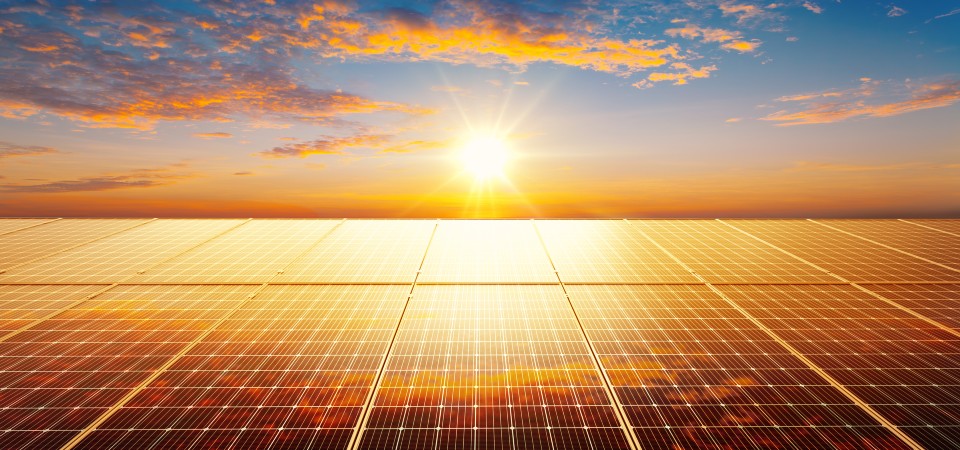Traditionally, heat has been seen as the enemy of solar power. Standard solar panels lose efficiency as temperatures rise.
But a new study, published in The Journal of Chemical Physics, shows that in special “solar-plus-storage” devices, heat can actually boost performance by speeding up the internal chemical reactions that store energy.
The team studied photoelectrochemical (PEC) flow cells – an emerging technology that combines the sunlight-harvesting ability of a solar panel with the storage power of a battery.
They discovered that as the devices warmed up, the flow of electrochemical current improved, thanks to faster ion movement and better conductivity in the electrolyte.
“Instead of fighting against the sun’s heat, our research shows we can harness it,” said lead author Dr Dowon Bae, of Loughborough University. “It flips the conventional wisdom on its head and gives us a new way to design solar storage systems that thrive in hot conditions.
“So, instead of fighting against the heat, engineers can now use it to their advantage, creating more efficient solar energy storage solutions. By understanding and harnessing this hidden effect, we can ultimately make integrated solar technology a more viable option for powering our world.”
The researchers identified a sweet spot around 45 °C, where performance gains are strongest before starting to plateau. This insight could guide the design of future solar devices that deliberately operate at warmer temperatures, cutting costs by reducing the need for cooling systems.
The real-world implications of the breakthrough could include:
- Cheaper renewable energy – By removing the need for costly cooling infrastructure, solar-storage systems could be made more affordable
- Better performance in hot climates – Countries with abundant sunshine and high ambient temperatures stand to benefit the most
- Smarter system design – Engineers can now fine-tune materials and electrolytes to maximize heat-driven performance
The study is an important step toward making integrated solar capture and storage a practical reality—where a solar charging device not only generates electricity but also stores it, making renewable power more reliable and accessible.
Read the full paper: Temperature impact on thermo-electrochemical behavior of silicon-based photoelectrochemical flow cells (The Journal of Chemical Physics, August 2025).
ENDS
